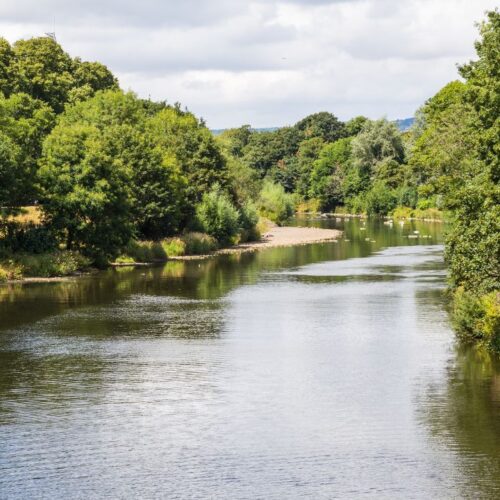The accidental release and escape of exotic pet species into the wild can cause significant problems for biodiversity. It can put additional strain on already threated ecosystems by outcompeting native species, and by spreading disease.
One of the more concerning impacts of non-native pet species being released into the wild is the potential for ranavirus and chytrid fungus being spread further into the UK from a captive reptilian or amphibian source. Amphibian chytridiomycosis (the disease caused by the Batrachochytrium dendrobatidis fungus) or chytrid, is thought to be primarily responsible for the massive decline, and in some cases extinction, of amphibian species around the world. The fungus was first detected in the UK in 2004 and is thought to have increased in prevalence since then. Studies have shown a strong link between non-native species and infection of the fungus, reinforcing the hypothesis that it is non-native species that are responsible for the introduction and dispersal of the disease .
Ranavirus affects reptiles, amphibians and fish, and is responsible for the deaths of many native amphibian species in the UK, particularly the common frog. It is unclear exactly how ranavirus was brought into the UK, but by looking at the strain of the virus present, it is considered likely to have come from North America through imported amphibian species such as bullfrogs, or through imported fish species.
The impact of harmful non-native species can be spread further through ecological surveys if the proper surveying techniques are not employed, and if particular attention is not paid to hygiene and cross contamination.
It is clear that some non-native species are contributing to the spread of destructive wildlife diseases which are fuelling the extinction of many native species, not only in the UK, but worldwide. It is, therefore of upmost importance to ensure that non-native species are not accidently released or spread into the wild.
References:
Cunningham, A. and Minting, P. 2008. National survey of Batrachochytrium dendrobatidis infection in UK amphibians, 2008 Final report. Natural England.
Williams, F., et al. 2010. The Economic Cost of Invasive Non-Native Species on Great Britain. CABI.











